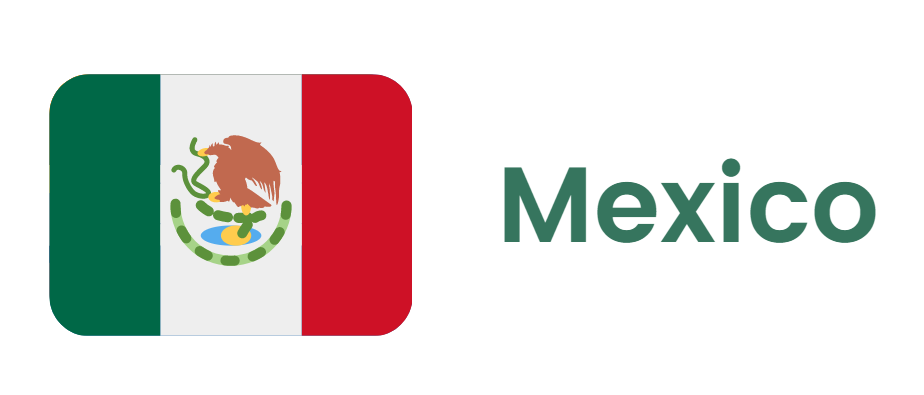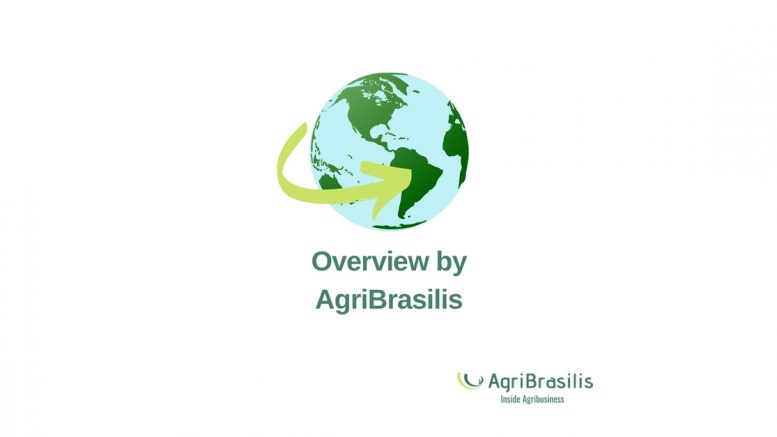First week of the new soybean dollar program was completed. More than 1.8 million tonnes of soybean were sold.
Government and private entities from the poultry chain have defined strategies to prevent the entry of highly pathogenic avian influenza. Country remains in alert because of the spread of the disease from North American countries, through migratory birds, and the confirmation of cases in Colombia, Ecuador and Peru. It is recommended that domestic birds be kept isolated in hen houses to avoid contact with wild birds. Objective is the early detection of the disease. Immediate response procedures by the veterinary service should be reinforced. (Senasa)
Wheat profits continue to decline. So far, only 30% of the planted area has been harvested. Only 989,200 hectares were planted, the smallest area in the past seven years. Wheat planted area has always exceeded one million hectares since the 2016/17 season. (Córdoba Grain Exchange)
Purchase price of biodiesel will have a monthly increase of 4% until March 2023, reaching US$ 1665.99 per tonne of fuel. (Ministry of Energy)
First week of the new soybean dollar program was completed. More than 1.8 million tonnes of soybean were sold. Average value of US$ 391 per tonne. Farmers still retain approximately 11 million tonnes of soybean. (Rosario Stock Exchange)
Meteorological models indicate that in the next two weeks the agricultural production areas in the country could be the hottest areas on the planet, reflecting the third year of La Niña. Temperatures in December may exceed 45ºC. (University of Maine Climate Institute)
![]()
In the State of Rio Grande do Sul, the wheat harvest was the largest of the State history. Cultivated area reached 1.458 million hectares in 2022, with estimated harvest of 4.97 million tonnes. (Emater – RS)
Coamo Agroindustrial announces that it will distribute more than US$ 40.8 million in anticipated profits to more than 30 thousand members. (Coamo Agroindustrial)
Vaccination against foot-and-mouth disease is extended to December 17th, 2022. It is estimated that 161 million cattle and buffaloes will be vaccinated. (Ministry of Agriculture)
Number of workers in the agricultural sector reached 19.07 million people in the 3rd Q, the highest number since 2015. Agribusiness had a participation of 20.33% from July to September 2022 in the Brazilian labor market. (Cepea)
Brazilian Institute of Geography and Statistics publishes study regarding arable areas in the country. More than half of the land has soil with potential for agricultural development, 2% with very good potential, 30% with good potential and 33% with moderate potential. (IBGE)
Estimated growth of up to 2.5% for agribusiness GDP in 2023. Expected high production costs and downward trend in international prices of agricultural commodities. In 2022, corn exports could reach 42.596 million tonnes, that represents more than double of what was produced in 2021. Imports from China contributed significantly for the increase. (IBGE; CNA)
Research performed by Embrapa Meio Ambiente points out that an increase in the emission of carbon dioxide reduces the incidence of the leaf miner in coffee (Leucoptera coffeella). Pest can cause losses of up to 50% in the crop. For coffee rust (fungus Hemileia vastatrix), a disease that is also very harmful, the emission of gases had no effect. (Embrapa)
Pig slaughter reached the highest record in the 3rd Q, with 14.45 million heads. Increase was 5% in relation to the same period of the previous year, while increase in cattle slaughter was 11.9% and in chicken slaughter was 0.9%.(Anec)
Temperatures in the State of Rio Grande do Sul may reach 40ºC next week, as a result of the third consecutive year of La Niña. Relative humidity also puts the state on alert, with indexes between 12% and 20% in the western part of the State and in the “Campanha Gaúcha” region. In other regions, the humidity is between 21 and 30%. (InMet)

![]()
Alert for the increase of Botrytis spp. in table grape farms. Milder solutions against the fungus were used during the season to reduce costs. “If in the previous season there was a significant number of isolates that were not of Botrytis spp., this year most of the samples collected were of this fungus. The pathogen occupied the entire niche and left very little room for other fungal agents,” says Marcela Esterio, head of the Laboratory of Molecular Phytopathology at the University of Chile. (University of Chile)
National Regional Development Fund for the eradication of bovine brucellosis in the Los Lagos region allocated more than US$ 576,000 to improve health surveillance coverage on farms with cattle, over three years, between December 2017 and December 2022. Blood from more than 40,000 cattle susceptible to the disease was analysed, on more than 2,500 farms. (Agricultural and Livestock Service)

Cecilia López Montaño, minister of agriculture, proposed an agricultural land reform exclusively for the coffee sector, since 54% of coffee farmers are in a situation of poverty or vulnerability. Proposal includes incentives for increasing and renewing the planted area, protecting the income of small farmers, substituting imports through the planting of robusta coffee (Coffea canephora), among other measures. (Ministry of Agriculture)

After five years of negotiations, the National Health, Safety and Agro-Food Quality Service authorized imports of palay rice from Argentina. Variety is used for human food and for animal feed in the form of bran. Largest quantity imported of the variety comes from the US and Brazil (Senasica)


8% growth in the value of exports of products and by-products of animal origin until the end of November, reaching US$ 1.87 billion. 555,136 tonnes of livestock products were exported, compared to 555,356 tonnes in the same period of last year. Higher value, despite the smaller quantity, is because of the good prices in the international market. Even so, the amount paid to livestock farmers was 8% lower than in 2021. (Senacsa)
![]()
Frozen fruit exports reached US$ 261 million between January and September 2022, representing an increase of 19% compared to the same period of the previous year. USA and Canada were the main destinations, representing 46% of the total and US$ 88 million and US$ 31 million, respectively. Mango was the most exported frozen fruit, reaching US$ 135 million, a growth of 22%, representing 52% of the total (Agroexport Management of the Association of Exporters)
Fungus Neopestalotiopsis sp. and Aphelenchoides fragariae, a strawberry nematode, are cause for concern in strawberry farmers. Both can cause serious damage to the sector. Neopestalotiopsis was considered a secondary pathogen, not causing significant losses, but research indicates that current strains are more aggressive. In the case of the strawberry nematode, 13 cases were confirmed in recent weeks, and estimates indicate losses of up to 50% in production. (Ministry of Agriculture)

Agroindustrial sector should export a record of more than US$ 10 billion in 2022, according to a statement by Fernando Mattos, Minister of Agriculture. In 2021, value achieved was US$ 8 billion. Minister warned about the need to negotiate the reduction of export tariffs paid by the country so as not to lose competitiveness because of the high costs of inputs. (Ministry of Agriculture)
Livestock farmers that participated in the FAO’s Livestock and Climate Project reduced their total greenhouse gas emissions by 10% and the emissions per kilogram of meat produced by 23%. Project has more than 60 farmers, covering 35 thousand hectares. Participating farmers achieved an average increase in their production of 9% and an increase in net revenue of 32%, in the two years of the project’s duration. (FAO)
![]()
H5N1 avian influenza virus detected in wild birds in the state of Anzoátegui. Government adopted immediate preventive measures and declared a health alert in the states of Anzoátegui, La Guaira, Nueva Esparta, Sucre and Miranda for 90 days. (National Institute of Integral Agricultural Health)

MORE ABOUT AGRIBUSINESS:

